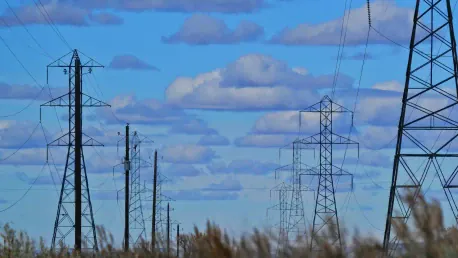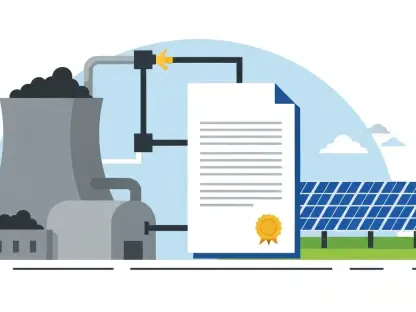The North American Electric Reliability Corp. (NERC) recently conducted a study mandated by Congress in 2023, which recommended an increased interregional transfer capacity of 35 GW to ensure grid reliability during extreme weather events. This proposal has sparked considerable debate on its adequacy and practicality, particularly among various grid planners within the Eastern Interconnection. While NERC’s study highlights the necessity of such improvements, numerous entities challenge its capacity to sufficiently guide necessary transmission upgrades. The core issue revolves around whether the present methodologies and analyses can be relied upon to genuinely enhance grid reliability or whether more comprehensive and tailored approaches are needed.
Dissecting NERC’s Recommendations
The study’s reception has been mixed, particularly among the Eastern Interconnection Planning Collaborative (EIPC), which consists of major entities like ISO New England, Midcontinent Independent System Operator, New York ISO, PJM Interconnection, Southwest Power Pool, and utilities including Southern Co. These entities criticize the study for lacking sufficient detail to prompt actionable plans. They argue that the study’s broad conclusions fail to capture the nuanced cost-benefit analysis essential for implementing new transmission lines. The criticism extends to the study’s inability to adequately allocate costs to beneficiaries, making it ineffective in guiding precise infrastructure investments.
Grid planners stress that assessing interregional transfer capability needs within transmission planning entities is crucial due to their in-depth models and superior understanding of system dynamics. Decisions regarding how much transfer capability is truly needed should be informed not just by potential improvements to system reliability. Instead, these decisions also need to consider upgrade costs, the complexity of cost allocation, and the overall cost-benefit ratio compared to other solutions. Resource additions and demand-side management are often other solutions that should be weighed carefully against planned interregional transfer capability enhancements.
Challenges in Implementation and Cost-Benefit Analysis
The discussions around NERC’s recommendations further reveal a critical point: additional transmission capacity does not automatically translate to enhanced reliability unless there is sufficient electricity to transfer between regions. This paradox calls for more rigorous frameworks and metrics to be developed by the Federal Energy Regulatory Commission (FERC) to guide decisions on interregional transfer capability, rather than setting arbitrary capacity targets. Metrics should include criteria for necessity, costs, benefits, and overall feasibility, focusing on a dynamic and multifaceted approach to upgrading the grid infrastructure.
Several industry players, like NRG Energy, have also critiqued the NERC study for creating a feedback loop that could potentially destabilize power-generation business models. This may lead to resource retirements and fewer additions in markets that lack capacity mechanisms, such as the Electric Reliability Council of Texas (ERCOT). Conservative Texans for Energy Innovation have proposed that FERC should leverage the Federal Power Act for expanding Texas’s transfer capacity without undermining ERCOT’s operational independence. They highlight the significance of addressing load growth and the need to streamline regulatory reviews to facilitate timely and efficient implementation of transfer capabilities.
Varying Opinions on Future Directions
The North American Electric Reliability Corp. (NERC) recently completed a study required by Congress in 2023, recommending an increase in interregional transfer capacity by 35 GW to ensure grid reliability during extreme weather events. This suggestion has ignited a significant debate over its adequacy and practicality, particularly among various grid planners within the Eastern Interconnection. NERC’s study underlines the importance of these enhancements; however, multiple organizations question whether it can adequately guide the necessary transmission upgrades. The primary issue is whether the current methodologies and analyses can truly be trusted to improve grid reliability or if more comprehensive and customized approaches are required. Critics argue that the existing frameworks may not be sufficient to address the complexities and challenges posed by future extreme weather events, thus calling for more detailed and possibly innovative solutions to ensure the stability and resilience of the power grid.









